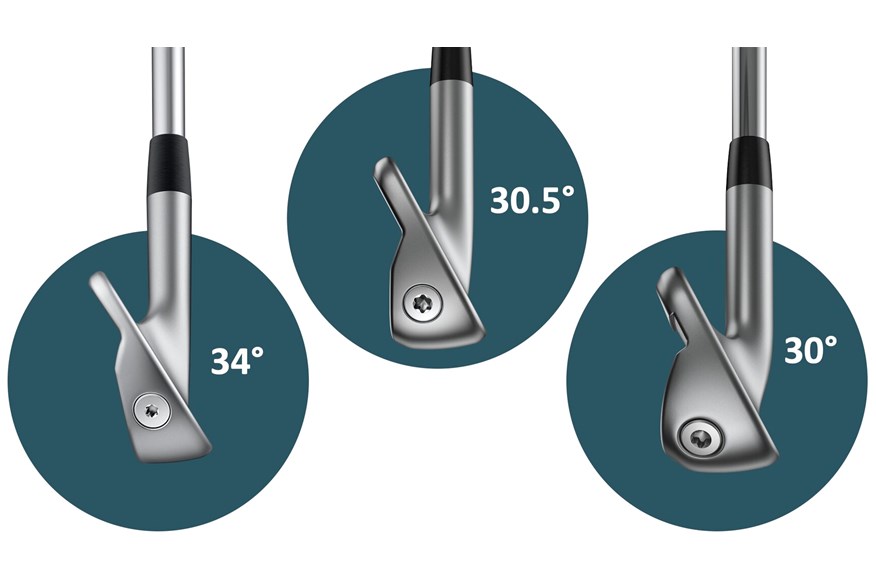Does your game suit strong loft irons?
Last updated:
Extra yards from lower loft irons are great…as long as your landing means you can hold the green…
We get asked a lot whether you should go for the best golf irons with a strong loft. They certainly suit a certain player’s game, and until now it’s been really difficult to answer without seeing 7-iron shot data for each individual. But Ping – driven by the inquisitive nature of their R&D team – make it their business to understand this stuff, so they’ve come up with a chart of 7-iron landing guidelines, to help golfers and club fitters see the optimal numbers for any strong lofted iron.
It goes some way to helping you decide if they’re right for your game.
Back in the 1990s, a 7-iron typically had a loft of 35°. Today, they range from 35° for a set of muscleback blades down to 26º for a set of Titleist T400s. That’s a 9° difference between two clubs that bear the same number on the bottom. Four-degree loft gaps between clubs is pretty typical in a modern set, so a 9º gap is equivalent to more than two clubs’ difference.
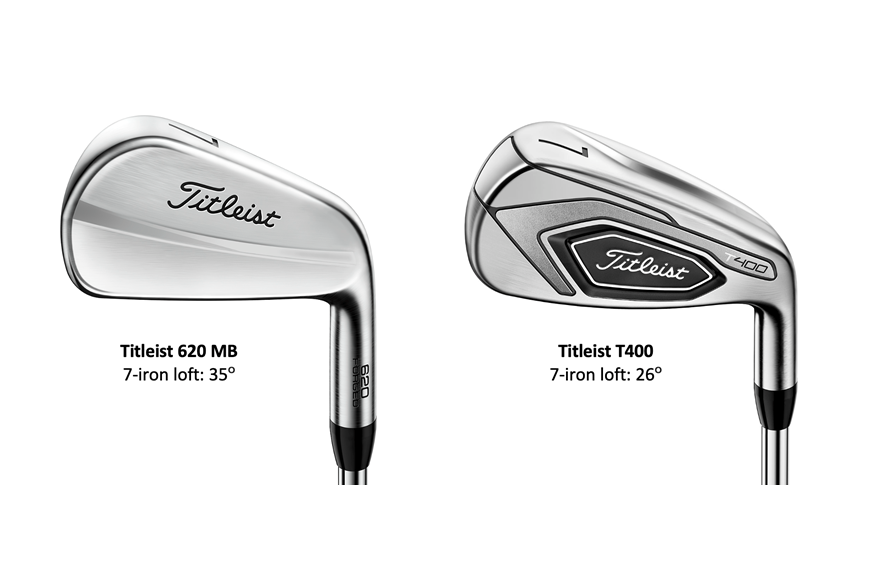
Modern 7-iron lofts change between categories, but 29-30º is bang on average these days. Golfers rarely buy new irons without hitting them on a launch monitor first, and its not taken club makers long to realise that if their ‘distance’ iron goes further than its rivals, they’ll sell more. That’s why lofts have strengthened, though during the last couple of years the trend has stabilised (nobody’s ventured stronger than Titleist’s 26° T400 7-iron).
WATCH: Does your game suit strong loft irons video
How do strong lofts work?
Any golf engineer will tell you that fast-face, hollow-body irons launch shots at least a degree higher than their cavity back counterparts. If lofts weren’t strong, we wouldn’t see the ball flight we’d expect, so in some cases strong lofts are a necessity in the modern game.
The trick for engineers is getting a strong lofted 7-iron launching with the speed and distance of a 6-iron (through stronger lofts), but to do it with the ball flight of an 8-iron, so shots stop when they hit the green. That means golfers get more speed and distance without giving up stopping power.
RELATED: Which KBS iron shaft best suits you?
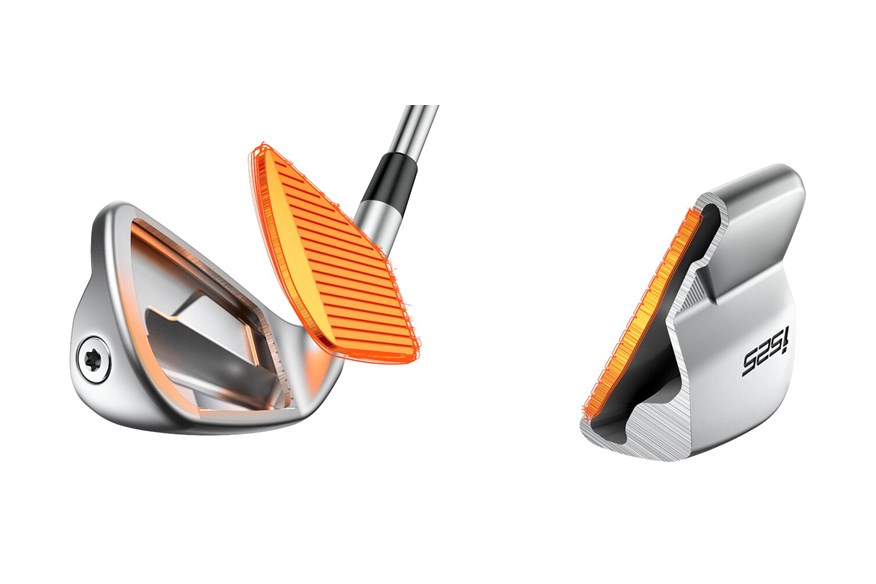
Ping’s new research
Nearly three years ago, Ping advised not just to chase high launch and low spin at all costs when buying a new driver. They highlighted how it was better to find the optimal launch and spin for an individual player based on their clubhead speed and angle of attack.
They have taken a similar approach to identifying achievable launch and landing angle guides for 7-irons, which they say will work for all. The research was done by Ping’s Head of Fitting Science Chris Broadie, and as you’d expect he quickly spotted that as a golfer’s clubhead speed increases, spin and landing angle increase significantly, too.
That explains why decent players rarely have difficulty stopping shots on the dancefloor. He also debunked the myth that the spin goal of a 7-iron should be 7,000rpm. This level is great for the very fastest players, but it’s unachievable at slower speeds; so if you happen to have a 7-iron spinning at 5,000rpm, it doesn’t mean you’re playing a poorly performing set.
Higher speed players naturally generate more spin (which, of course, means shots will stop anyway), so steeper landing angles are unlikely to be a priority for their irons. Slower speed players will, however, benefit from more stopping power. “Loft adjustments can now be every bit as important as lie angle fitting to meet each individual’s needs,” says Broadie, which is why Ping also make Power (1.5° stronger in the G425) and Retro Spec (2.25° weaker in the G425) loft offerings right alongside their standard heads.
RELATED: Which Golf Pride grip suits you?
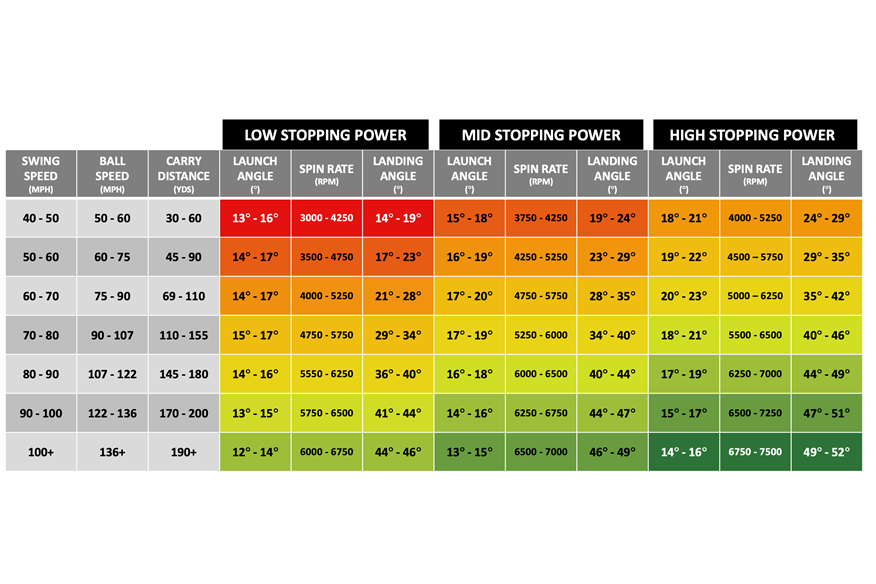
During player testing, Ping say their G425 iron launched significantly higher and stopped significantly faster than similar irons (the G425 is 2° weaker than the TaylorMade Stealth and 2.5° weaker than the Callaway Rogue ST Max). Ping’s loft-flexing tech (where the face pivots from the leading edge) increased peak height by 10 feet (over the competition) and generated a 4° steeper landing angle, which can be the difference between holding the green or bounding off the back.
The research has led to the creation of the landing angle guideline charts below, with the intention of guiding golfers towards what high, mid and low-stopping power looks like. The chart also means golfers and fitters can identify if more stopping power will aid their game, rather than worrying if a 7-iron launches, spins and descends at a ‘standard’ rate for all players.
The key to understanding whether you should be playing strong lofted irons or not is realising that just because your data may fall into the low stopping power category, it doesn’t mean you shouldn’t play that particular set
of irons. But if you struggle holding greens with a 7-iron, it becomes a different story.
Ping say loft plays a critical role in landing angle, but it’s also possible to change launch and ball flight via shaft weight, flex and the ball itself. So golfers can be moved from low stopping power to mid or high by considering all these factors.
RELATED: Everything you need to know about the Ping 2023 putters
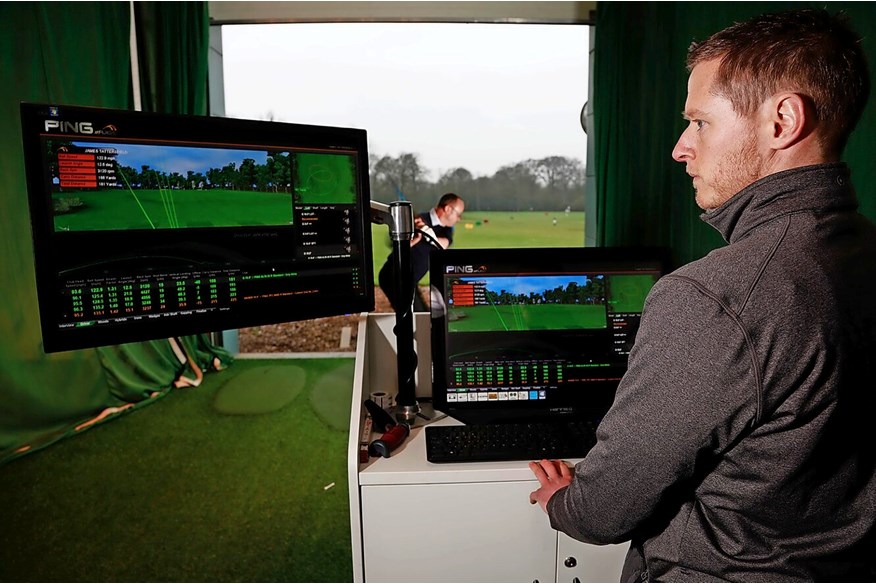
Verdict:
With launch monitors now an integral part of the buying process, it’s hard to ignore the club that goes furthest. But if 20 yards of that distance is roll after landing, be under no illusion you really will struggle to stop shots on the green.
We’re not saying don’t use strong lofted irons; they’ve saved TG Equipment Ed Simon Daddow’s iron game. But if at any time – especially when greens are hard – iron approaches behave more like hybrid and fairway woods and run out when they hit the green, stronger lofted irons probably aren’t right for you.
If you’re in the market for new irons, print the chart off or take a photo so you can take them to a fitting and see how your game measures up. These numbers are a guide and if at any point you’re in doubt, listen to Chris Broadie’s final advice. “Instead of chasing distance, choose a 7-iron that gives a playable landing angle with tighter dispersion and stopping power.”
RELATED: Best 2022 Mid-Handicap Iron Test
Here’s six of the best performing strong loft irons
RRP: £799 7-Iron loft: 26.5º
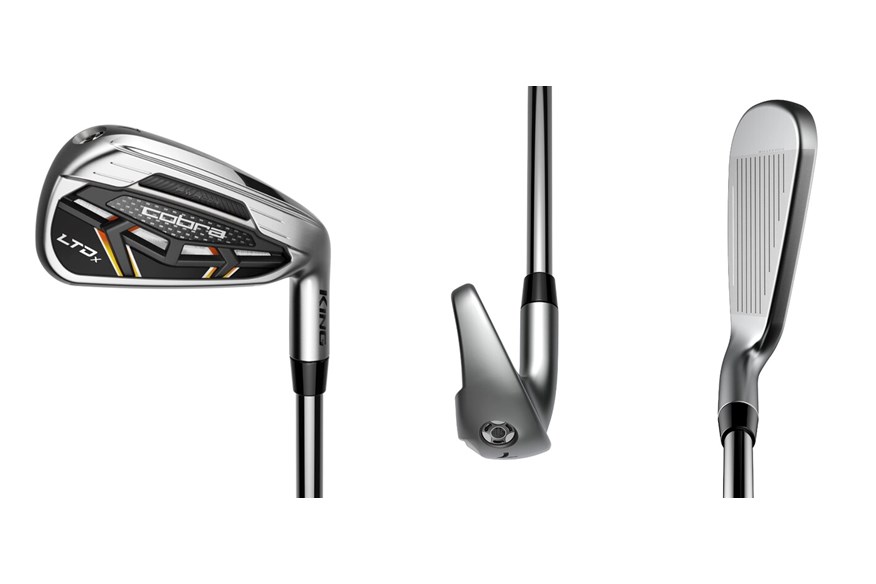
The King LTDx is an incredibly powerful iron as long as you have the speed to launch it.
For more average speed players Cobra produce the lighter, higher-launch, higher-spin Air-X iron (with a 31.5º 7-iron), which we reckon should be a consideration for anyone fearing launching a King LTDx 5 or 6-iron (at 20.5º and 23.5º respectively) from the turf.
RRP: £249 per club 7-Iron loft: 27º
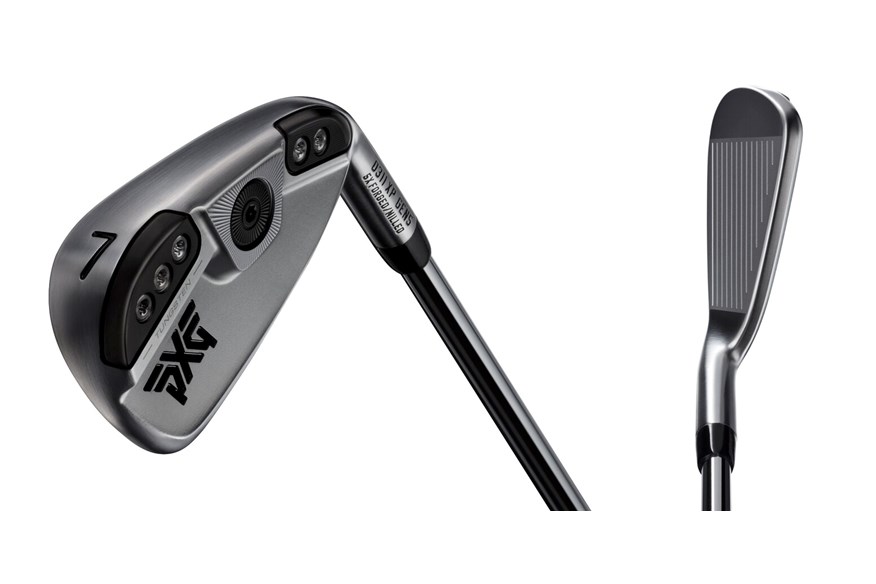
The 0311 GEN5 XP unashamedly attacks distance and forgiveness head-on, but does it with great looks, sound and feel. The ability to go shorter, longer, heavier or lighter without moving the centre of gravity (as weight is changed behind the centre of the face) is a huge bonus.
If you question the price of PXG’s premium irons, the brand say their hollow body designs outperform similar-sized cavity backs by 10% in terms of MOI.
RRP: £499 (s) £599 (g) 7-iron loft: 27º
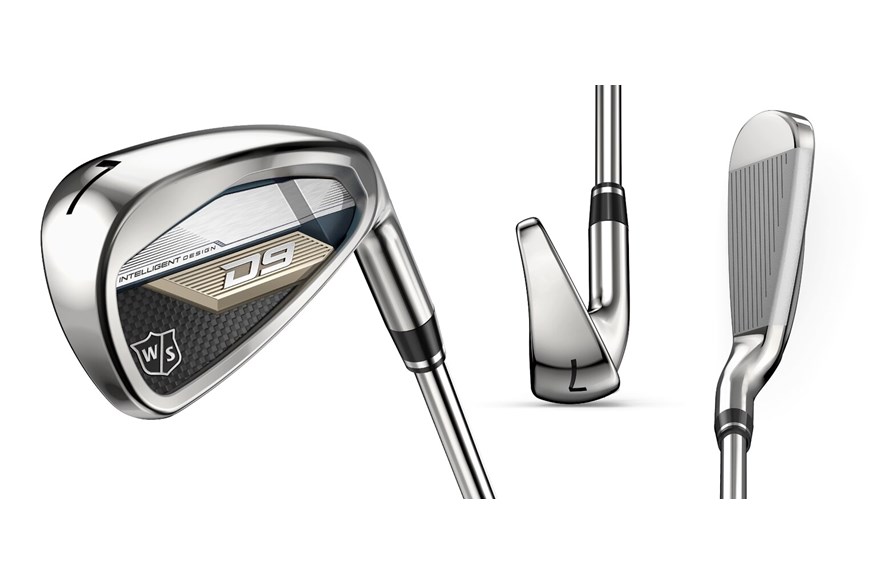
Knowing that buying decisions hinge on launch monitor data, Wilson designed the D9 to perform in the fitting bay and deliver in a golfer’s wallet. It’s the longest iron our test pro hit this year; just make sure you have plenty of speed to launch the mid/long irons to maximise carry distance and stopping power.
Struggling to flight the D9? Take a look at Wilson’s Launch Pad 2022 hybrid iron; it has more loft (3º in the 7-iron), so is easier to launch.
RRP: £849 (s) £1,049 (g) 7-iron loft: 27.5º
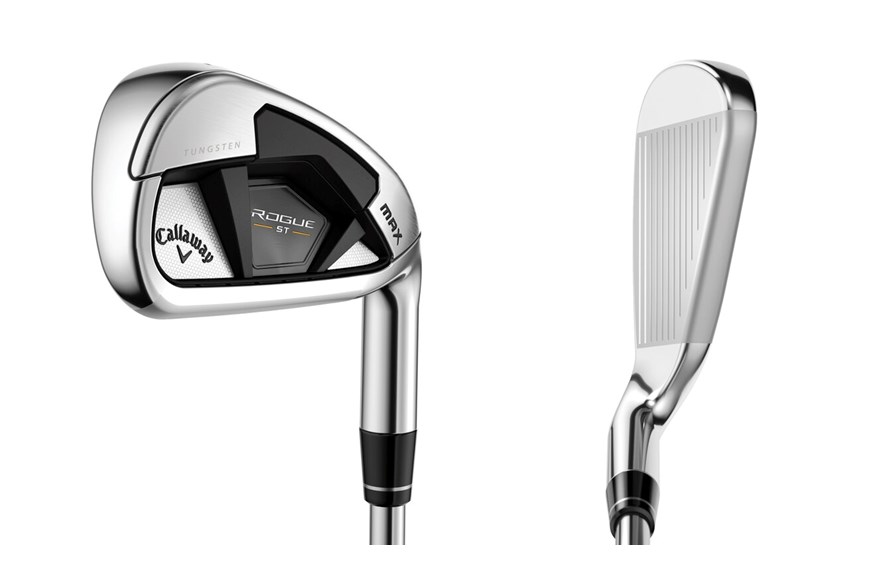
Callaway ignited the strong iron market with Rogue X back in 2018 (the 27º 7-iron was the strongest available then), yet today’s Rogue ST line-up has a Rogue ST OS (28.5º 7-iron) and Rogue ST OS Lite (31.5º 7-iron) lurking behind the standard model.
Callaway know that at average swing speeds, this extra loft, launch, spin and height helps maximise carry and stopping power. If you know you want low, mid or high stopping power, you could almost fit yourself into this iron family.
RRP: £849 (s) £949 (g) 7-iron loft: 28º
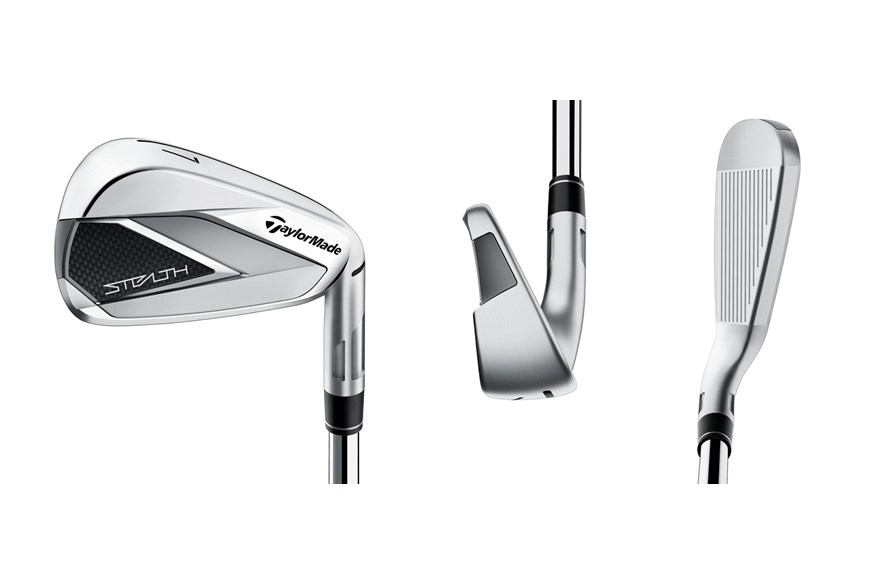
TG test pro Neil Wain says he’s had a big year selling TaylorMade’s Stealth iron, which covers the needs of low, mid and high-speed mid-high handicap players within a single model. It’s available in 1° stronger (the 7-iron becomes 27º) and 2° weaker lofts (a 7-iron becomes 30º).
And it’s the weaker set, especially when combined with higher launch and spin KBS Max shafts, that have flown this year. That highlights how the perfect 7-iron loft lies closer to 30º than 26º for most club golfers.
RRP: £129 (s) £139 (g) 7-iron loft: 30º
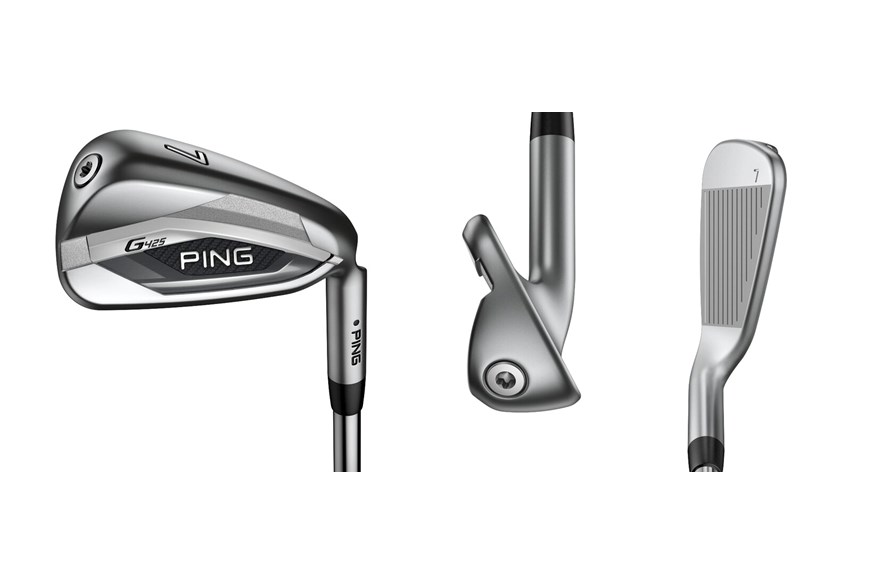
Ping insist that 7-iron shots take off and land like 7-irons, so they’ve been wary of playing the strong lofted iron game. Thanks to their new landing angle guidelines, and realising strong lofts aren’t a bad thing for everybody, the company will Power or Retro Spec their irons for you.
Power Spec reduces the loft of a G425 7-iron to 28.5º, while Retro Spec increases it to 32.25º, so it’s possible to match the loft of your irons to your swing speed.
READ NEXT: Which Golf Pride grip is best for your game?
-
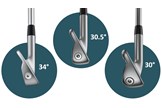 A graphic showing three different 7-iron lofts
A graphic showing three different 7-iron lofts
-
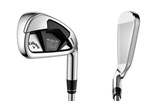 The Callaway Rogue ST Max iron from two different angles
The Callaway Rogue ST Max iron from two different angles
-
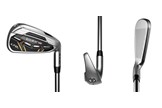 The Cobra King LTDx iron from three different angles
The Cobra King LTDx iron from three different angles
-
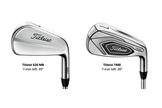 A graphic showing the difference in loft between the Titleist 620 MB and T400 irons
A graphic showing the difference in loft between the Titleist 620 MB and T400 irons
-
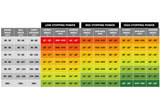 Ping's optimal landing angle chart for a 7-iron
Ping's optimal landing angle chart for a 7-iron
-
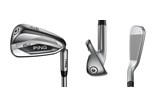 The Ping G425 iron from three different angles
The Ping G425 iron from three different angles
-
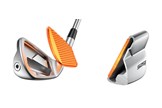 Graphic showing the construction of the Ping i525 iron
Graphic showing the construction of the Ping i525 iron
-
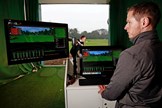 Golf club custom fitting
Golf club custom fitting
-
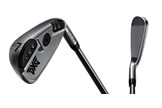 The PXG 0311 GEN5 XP iron from two angles
The PXG 0311 GEN5 XP iron from two angles
-
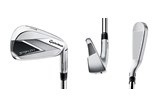 The TaylorMade Stealth iron from three different angles
The TaylorMade Stealth iron from three different angles
-
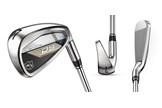 The Wilson D9 Iron from three different angles
The Wilson D9 Iron from three different angles
